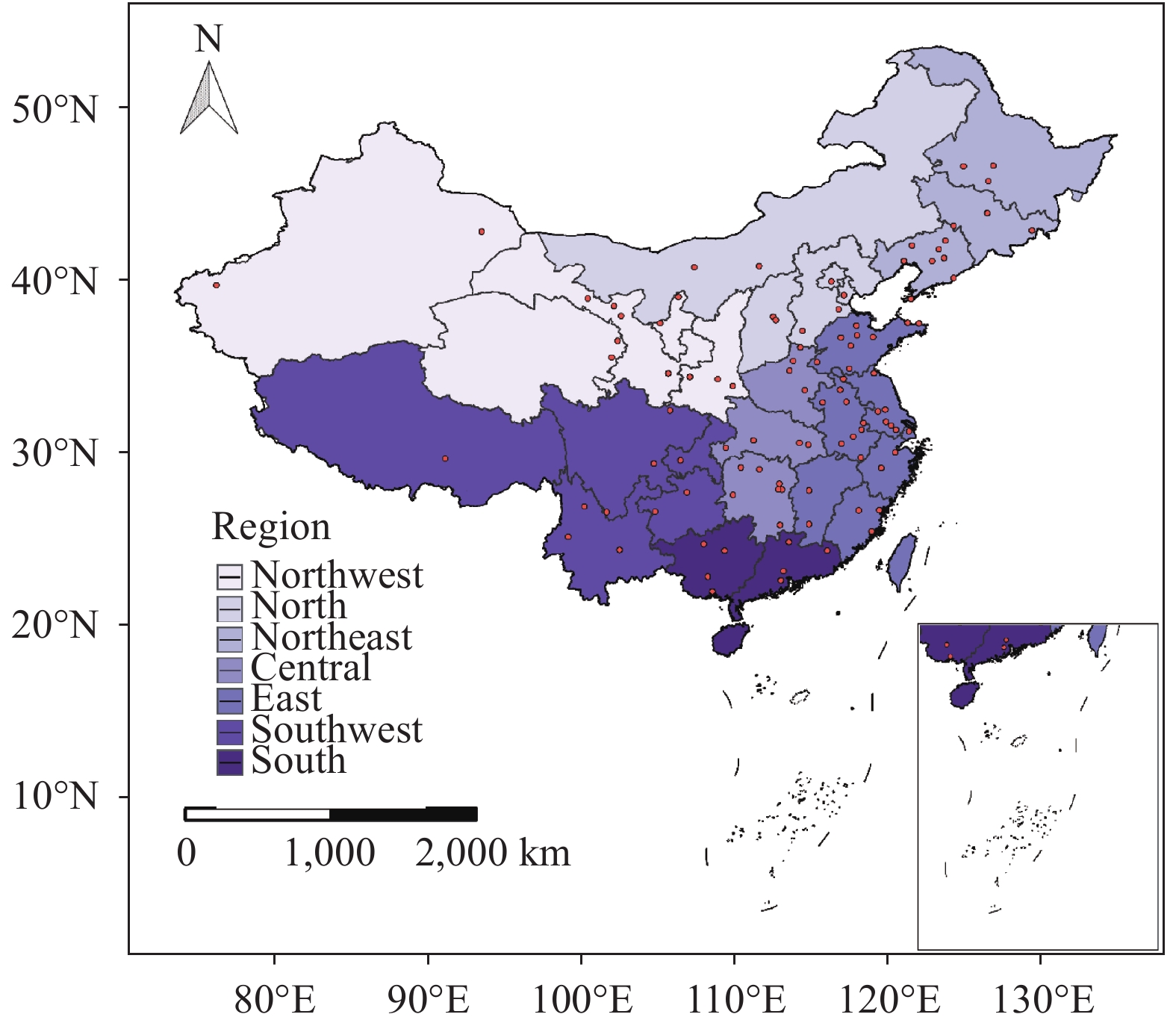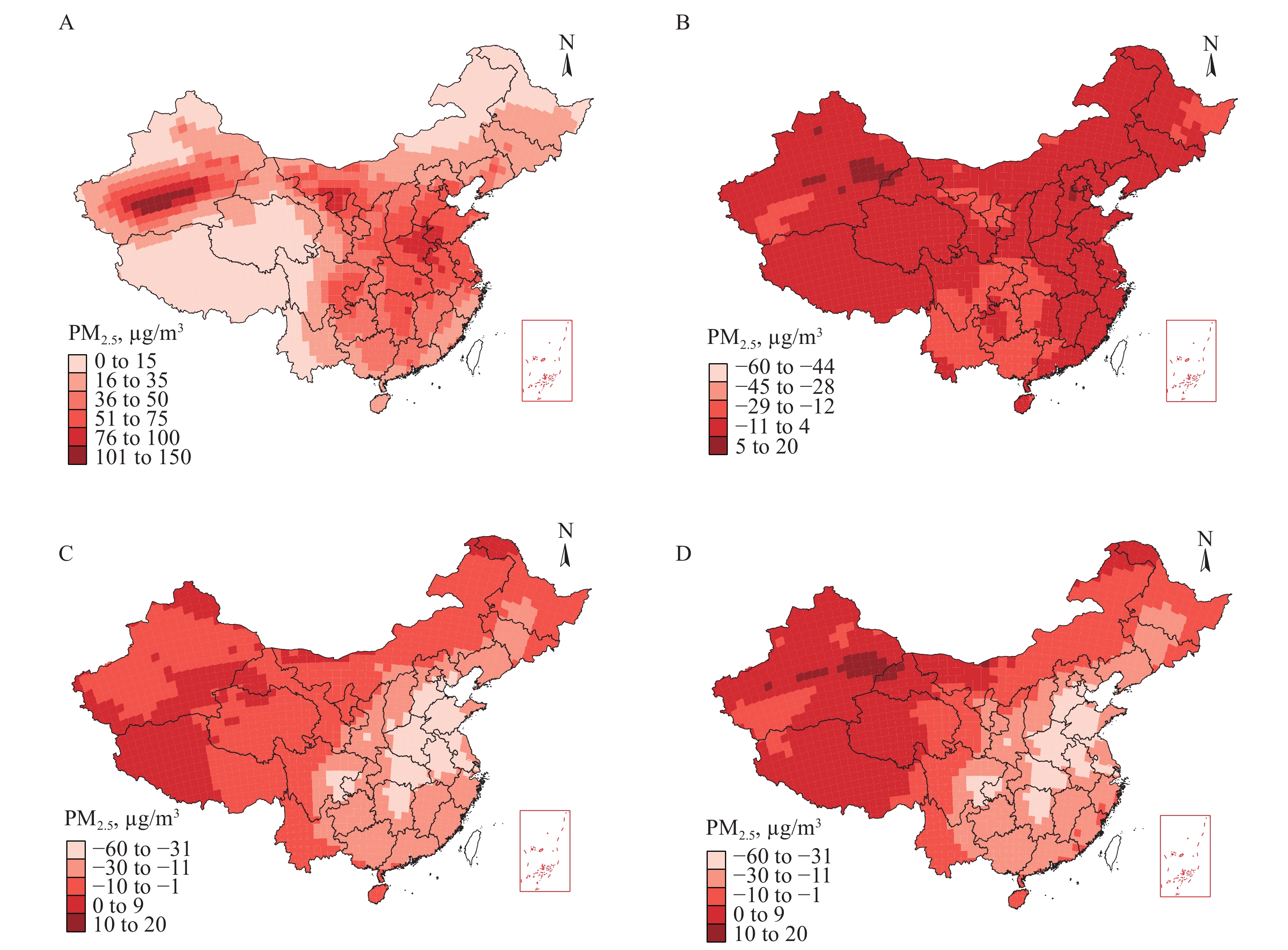2021 Vol. 3, No. 23
What is already known about this topic?
Previous studies have mainly focused on the relationship between temperature and mortality from stroke, but analysis on the effects on years of life lost (YLL) is limited.
What is added by this report?
YLLs were used as the health outcome, and cold and hot weather were found to be significantly associated with an increase in YLLs from stroke and for different groups, with a stronger effect found to be associated with low temperature.
What are the implications for public health practice?
These findings could help identify vulnerable regions and populations that have a more serious temperature-related burden and to guide the practical and effective measures for stroke control from a YLL perspective.
What is already known on this topic?
The health risk caused by high-temperatures depends on the interaction between high temperature exposure and the sensitivity and adaptability of the affected populations.
What is added by this report?
A comprehensive assessment model was established by principal component analysis using the data of 19 cities, 15 provincial-level administrative divisions and used to identify regional characteristics and major influencing factors of health vulnerability to extreme heat in China.
What are the implications for public health practice?
The results of the health vulnerability assessment could effectively identify the regions highly vulnerable to extreme heat in China and provide scientific evidence for the development of adaptive measures and resource allocation plans.
The morbidity and mortality of chronic obstructive pulmonary disease (COPD) is associated with adverse weather and air pollution. However, COPD patients are not able to be alerted in advance of high risk environments.
This prospective controlled trial conducted in Pudong New Area of Shanghai from October 2019 to April 2020 provided evidence of COPD risk forecasting service on the reductions in visits and costs of COPD patients in outpatient and emergency departments in China for the first time.
This study suggests that COPD risk forecasting service could be integrated into existing COPD management in public health to improve the health and economic outcomes.
What is already known about this topic?
Climate change and air pollution are two important environmental issues in China. It is important to investigate particulate matter with aerodynamic diameter less than 2.5 μm (PM2.5)-related health impacts from climate change and air pollution emission control.
What is added by this report?
Deaths and years of life lost related to PM2.5 would increase in climate change scenario, although emission control would outweigh the influence of climate change.
What are the implications for public health practice?
More targeted actions should be taken to meet challenges of exacerbated PM2.5 pollutions and its health impacts related to climate change in the future.



 Subscribe for E-mail Alerts
Subscribe for E-mail Alerts CCDC Weekly RSS Feed
CCDC Weekly RSS Feed


